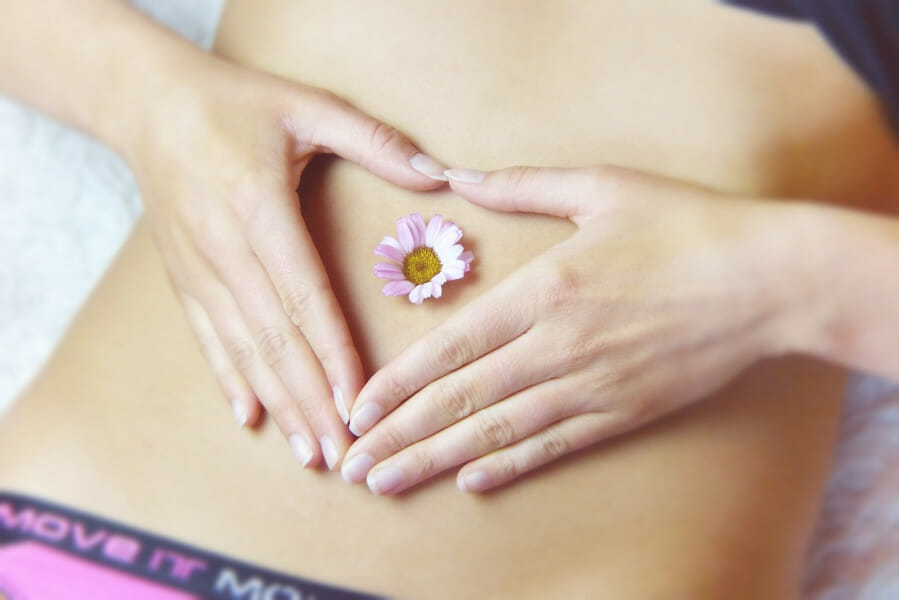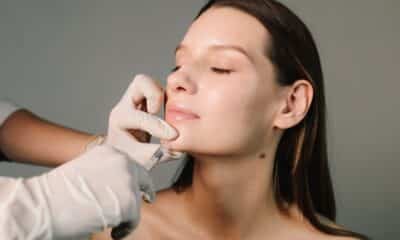Microdermabrasion For Skin Care: What, How, Benefits & Usage
The ’90s were an arguably terrible decade for skin care—at least that was the case in my teenage bathroom, where I regularly beat up my complexion with astringent and scrubs galore. But there’s at least one beauty innovation I remember from the pre-2000s era that’s held up over time: microdermabrasion. A staple in spas to this day, microdermabrasion is a non-invasive exfoliating treatment that benefits a wide range of skin types. It’s known to help skin feel smoother and look brighter by minimizing clogged pores and discoloration.
While microdermabrasion is gentler than other professional resurfacing treatments like chemical peels or lasers, it’s still good to be informed about it before you schedule your first appointment. Here, board-certified dermatologist Melanie Palm, MD, breaks down everything you need to know before you go.
What is microdermabrasion?
Essentially, microdermabrasion utilizes a wand-like device to remove the top layer of skin—AKA the stratum corneum—and vacuum away all traces of dirt and dead skin cells. Essentially, it’s like a power wash for your face. “Microdermabrasion leaves skin smoother by mechanically removing shedding skin cells,” says Dr. Palm. “It is best employed for consumers that want a no-downtime, repetitive procedure that delivers mild results over time.” In other words, you likely won’t notice a drastic change after your first treatment, other than skin that feels smooth and soft. “Those with heavy sun damage and skin changes expecting microdermabrasion to radically improve the skin will be disappointed,” says Dr. Palm.
While microdermabrasion is normally done on the face, Dr. Palm says it’s possible to treat other body parts as well. It’s also a good option for those who can’t tolerate more intense exfoliation methods. “Sensitive skin types may tolerate treatment with special gentle treatment heads and lower settings,” she says. It’s also important to note that microdermabrasion isn’t the same thing as dermabrasion—an invasive treatment for scarring, fine lines, and sun damage performed by a dermatologist. “Dermabrasion creates a controlled open wound that requires frequent follow-ups, wound care, and more significantly alters skin health,” says Dr. Palm.
How does microdermabrasion work?
Microdermabrasion devices have come a long way since the ’90s. “The first devices, approved in 1996, used a diamond tip to lift off dead skin cells,” says Dr. Palm. Yep, a “diamond tip” is exactly what it sounds like—the tip of the wand is coated in tiny diamonds. While these devices do still exist, most spas now use more advanced technology. “Today, the most common microdermabrasion systems use either a fine spray of sodium bicarbonate, aluminum oxide crystals, or a water-driven device to exfoliate the skin. Some sophisticated newer devices actually combine two of these three methods to treat the skin,” says Dr. Palm.
Another benefit of modern microdermabrasion machines is that they’re able to infuse active ingredients into the skin while they exfoliate. “This could be salicylic acid to treat acne, vitamin C to brighten skin, or hyaluronic acid to hydrate dry skin,” says Dr. Palm. Two such treatments are DermaSweep and HydraFacial, both of which resurface the skin, unclog pores via suction, and deliver a dose of a custom-blended serum in the course of 30 minutes. Treatments like these are available at medspas, estheticians’ studios, dermatologists’ offices, and spas around the U.S.
What are the microdermabrasion benefits?
Microdermabrasion benefits people of all skin tones and types, from normal to combination to acne-prone. (The treatment is most effective for mild acne and blackheads—it likely won’t do much for cystic acne and may worsen inflammatory acne.) It can also help fade minor sun damage or melasma over time, says Dr. Palm.
If you get microdermabrasion regularly, you can expect both short-term and long-term results from the procedure. “Microdermabrasion certainly improves skin texture immediately by smoothing the top layer of the skin,” says Dr. Palm. She adds that it also has a positive effect on circulation, which can make skin glow in the hours and days following treatment. As for the benefits of frequent microdermabrasion? “Regular microdermabrasion treatments may even yield mild collagen growth over time,” says Dr. Palm. A boost in collagen can help minimize the appearance of fine lines, wrinkles, and other signs of aging.
Some people can tolerate weekly microdermabrasion, while those with more sensitive skin may be better off getting monthly or bi-monthly treatments—a licensed professional can help you determine what frequency is right for you. The price of the treatment may also determine how often you have the procedure done. According to the American Society of Plastic Surgeons, the average cost of a microdermabrasion treatment in 2019 was $136.
Is there anyone who won’t experience microdermabrasion benefits?
While microdermabrasion is generally safe for most people, exceptions do exist. “Those with rosacea, facial telangiectasis [dilated or broken blood vessels], or those prone to skin irritation or hives are unlikely to respond well to treatment,” she says. “The vacuum technology or abrasive nature of microdermabrasion can aggravate facial redness or rosacea.” She adds that people with thin skin and those who scar easily should have a spot test performed before getting microdermabrasion on their entire face, as the treatment can cause skin tears or discoloration in some cases. And if your skin is inflamed or infected at all—say, with a sunburn or cold sore—it’s best to wait until you’ve healed before getting the treatment.
It’s also important to be aware of the limitations of microdermabrasion before you book a treatment. “Microdermabrasion should not be expected to treat deep wrinkles, dark brown spots, broken blood vessels, red skin, or precancerous skin spots,” says Dr. Palm. For conditions like these, more invasive treatments or medical attention are likely necessary.
That said, there’s a reason why microdermabrasion has endured since the ’90s. It’s a super-effective method of exfoliation that gives skin that smooth, fresh-from-a-facial feeling. So if your at-home scrubs aren’t quite giving you the kitten-soft skin you’re seeking, microdermabrasion is a worthy splurge to have on your radar.
















